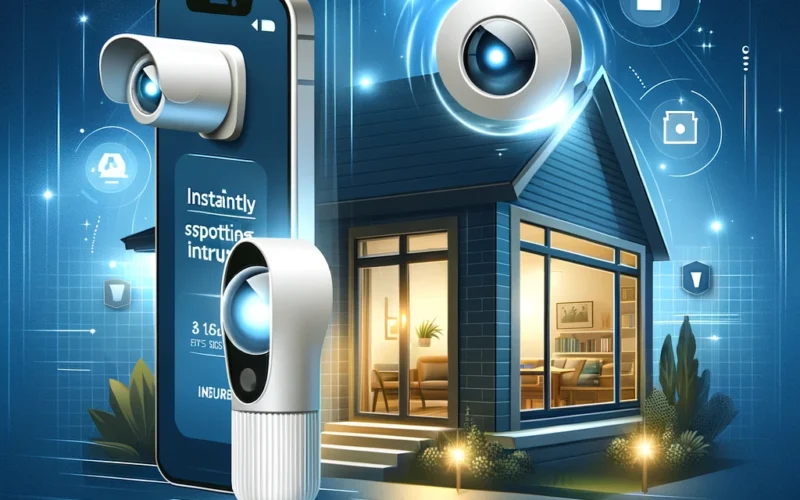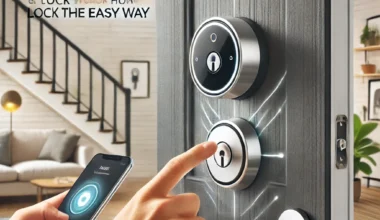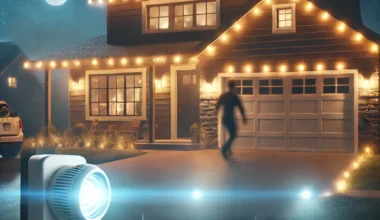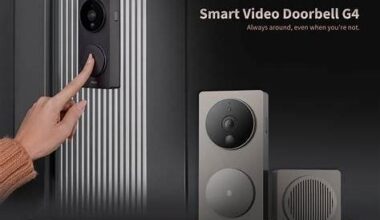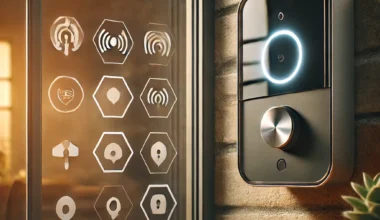Ever wished you could spot intruders before they even get to your door? With DIY motion detectors, you can be alerted the second someone steps onto your property— and this is without the cost of hiring professionals.
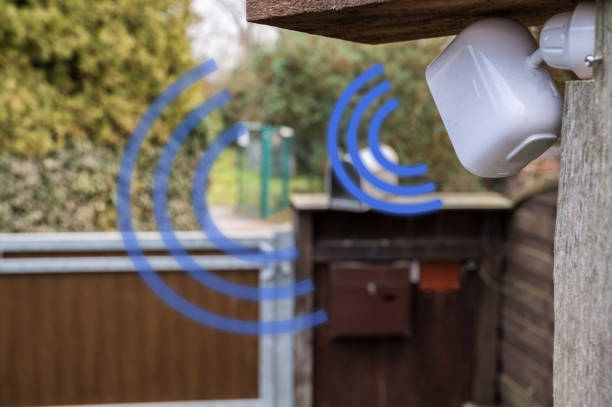
These devices detect movement, trigger alarms, turn on lights, or send phone alerts, providing instant protection.
In this guide, we’ll discuss how motion detectors work and why they’re essential for home security, the best types for DIY installation and a simple step-by-step guide to setting up your motion detector.
Why You Need a DIY Motion Detector
A motion detector is designed to sense movement and trigger an alert. It can activate alarms, lights, or send a notification straight to your phone.
Here are some benefits of DIY motion detectors:
- Catch intruders before they reach your door
- Automatically turn on lights when someone approaches
- Monitor your driveway, garage, or backyard
- Trigger alarms or phone alerts for security breaches
- Save energy by turning off lights when no movement is detected
Best Types of DIY Motion Detectors

Here are 5 best types of diy motion detectors and their distinct benefits:
1. Passive Infrared (PIR) Motion Detectors
- Detects body heat and movement
- Best for indoor use and outdoor lighting
- Affordable and widely available
2. Microwave Motion Sensors
- Uses microwave signals to detect movement
- Covers larger areas, ideal for outdoor security
- May trigger false alarms from wind or trees
3. Dual Technology Motion Sensors
- Combines PIR and microwave for higher accuracy
- Reduces false alarms
- Ideal for high-security areas like entryways and garages
4. Smart Motion Detectors
- Connects to your smartphone via Wi-Fi or Bluetooth
- Sends alerts and integrates with smart home systems (Alexa, Google Assistant)
5. Motion-Activated Security Cameras
- Records video when motion is detected
- Perfect for monitoring entry points or yards
- Some include night vision and two-way audio
How to Install a DIY Motion Detector (Step-by-Step Guide)
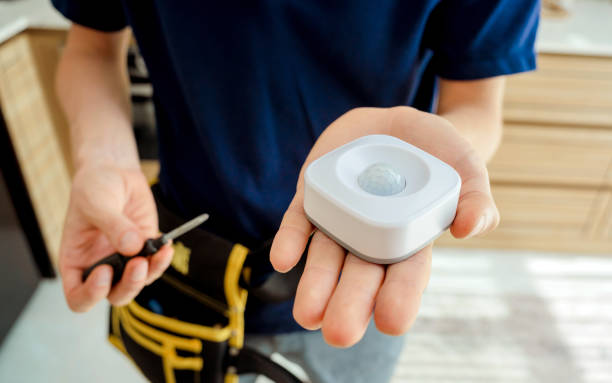
Step 1: Choose the Right Location
Place detectors at entry points like doors, windows, and driveways. Install at least 6–10 feet above the ground for maximum coverage.
Step 2: Mount the Motion Detector
Secure it to a wall, ceiling, or corner using mounting brackets or adhesive strips. Ensure the sensor faces the area you want to monitor.
Step 3: Power It Up
Battery-powered detectors: Insert fresh batteries and power it on.
Wired detectors: Connect to a power source.
Step 4: Adjust Motion Sensitivity
Set the sensitivity level to prevent false alarms. Test it out by walking in front of the sensor to see how it responds.
Step 5: Connect to Your Smart Home System (Optional)
Sync the smart motion detector with your phone or home security system. Set up notifications for real-time alerts.
Step 6: Test Your Motion Detector
Test the detector by walking in front of it. Make adjustments as needed for angle and sensitivity.
Final Thoughts
DIY motion detector is an easy, cost-effective way to enhance your home’s security.
By detecting movement instantly, they protect you from intruders and help automate lighting—all without expensive systems or professional installation.
So install a DIY motion detector today! Visit Home Secure HQ for more related advice!

